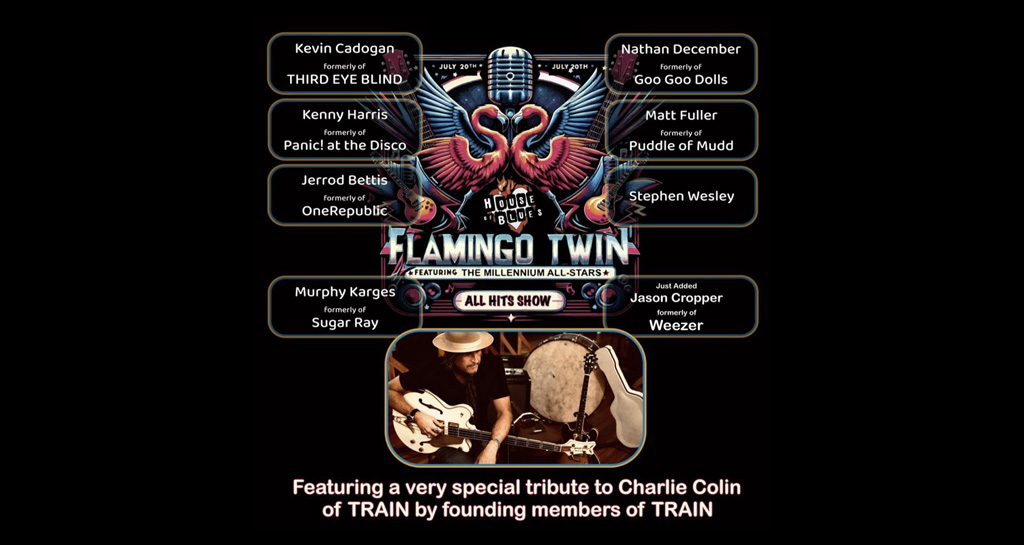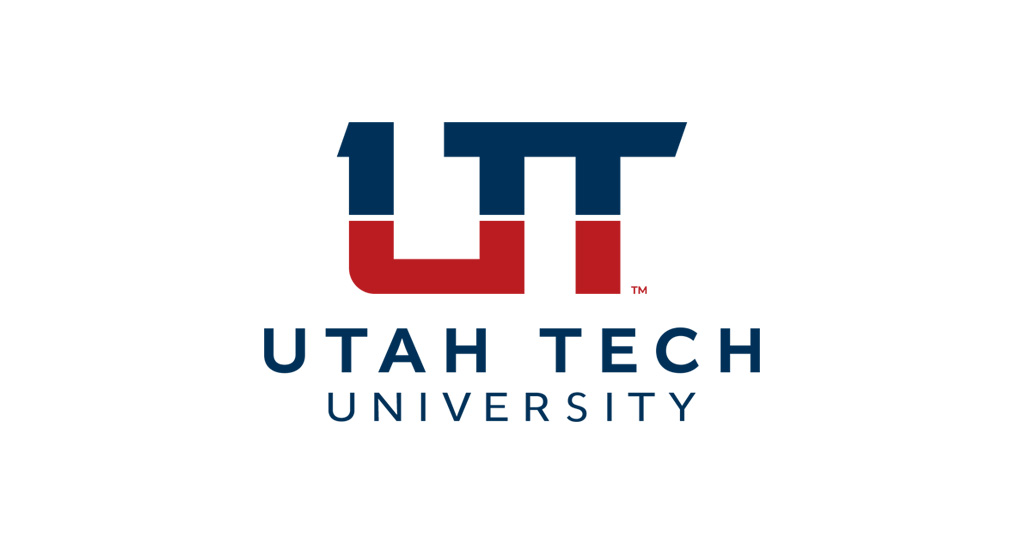Content & Content Strategy Development Best Practices

- Types of Content
- Know Your Constraints
- Identify Your Intended Audience
- Identify Your Content Intent
- Understanding The Content Hierarchy
- Machine Reading vs. Human Reading
- Enjoy The Process
The following is intended to provide a general overview of best practices for content and content strategy development. By no stretch of the imagination is this all inclusive. It offers a methodology towards different perspectives to consider and think about throughout the content development process.
Keep in mind that content and content strategy development is a creative process. Use this to your advantage to help sort out all of the thoughts and ideas swirling in your own mind, helping to establish direction for your content moving forward.
1. Types of Content:
There are various types of content that can help deliver your appropriate tone and message. Being aware of available types of content is a good first step in the development process as it establishes a conceptual foundation to build around.
Although this is identified as step one, it does not necessarily mean that the final content type is set in stone from the beginning. It is a means of opening up the creative process as you begin to develop any given thought or group of thoughts into a cohesive set of features.
- Content to inform/educate
- i.e. public relations, milestones, events
- Content for human interest, entertainment
- compelling features that emotionally connect with your audience
- Content to initiate action, inspire
- often through storytelling i.e. what could be…
- Content to convert
- audience follows through with a desired action
As you begin to develop your content strategy keep in mind that there are chapters yet to be written and also ones that you are still in the middle of. By establishing a methodical approach to the development of your content, you are allowing your brand and story to evolve over time.
Each type of content that is published can easily be shared through a simple link to your website that can also be distributed throughout all of your social media channels and additional outlets including QR codes. This provides the added benefit of driving traffic directly to your website beginning visitors with an intentional focus.
2. Know Your Constraints:
As you begin to develop a content strategy it is imperative to know what your constraints are. This may sound incredibly straightforward but it’s important to be aware of the resources that you have available including your budget for time, copywriter(s), number of features, turn around times etc.
Within larger organizations budgets are potentially set far in advance and also change over time both in the long and short runs. For small organizations one or only a few team members might be wearing multiple hats simultaneously.
Content calendars are often advantageous as they provide an opportunity to plan out the content well in advance. A common thread throughout the content development process is intention. Intention begins with knowing what you have to work with.
3. Identify Your Target Audience:
After identifying the constraints that may exist for your content development the next step is identifying who your intended audience is. For any particular audience there inevitably will be a number of sub-groups and demographics that your content can be targeted for.
It is important to develop your content with your target audience in mind. Knowing who you are speaking to allows you to deliver your information with the proper tone and context to support the demographic being reached.
There are four key identifying factors that can help you define your target audience: geographic, demographic, psychographic and behavioral.
There are approximately 30 different dialects of the English language in the United States alone. This number soars to approximately 160 dialects when looking at the English language worldwide.
Depending on your geographic location you could unintentionally be speaking an entirely different version of the English language without even realizing it. Knowing your audience and the manner in which they communicate is imperative when developing content that will effectively deliver your intended message.
Publishing content that aligns with the values and goals of your target audience establishes your legitimacy and builds the relevancy and value of your content library. As with all relationships, trust is established, nurtured and maintained across time.
4. Identify Your Content Intent:
Understanding the intent of your content gives you the opportunity to develop context (meaning to the message) as content is created. With a clear intent for your content you can establish consistency and provide clarity to your message at any given point in time.
Any content that you choose to publish will become a part of your branded message. This carries both short-term, impressionable implications but also helps establish the trajectory for known and unforeseeable long-term implications.
When approaching anything related to communication it’s important to remember that when considering the final perception of the individual, there’s as many paths as there are people. Each individual’s perception is a product of their own unique experiences.
Understanding and being aware of the intent of your content gives you the opportunity to answer questions directly and indirectly about your subject matter area of expertise.
Ultimately, over time your content is creating a dated and categorized feature and news archive of matters of significance to your organization.
5. Understanding the Content Hierarchy:
Readers trail off over time. Lead your feature with the most engaging and to the point information. The more engaged a reader is at the beginning, the more likely that they will continue to engage with the content presented.
This does not always entail that content found further down within the piece is less important; it’s simply prioritizing your content knowing that some readers will inevitably lose interest. Begin with what is most significant.
Outlining your content before diving into the depth of the content is an effective way to begin this weighting process. With this in mind it is also important to always avoid publishing any content with no value. Readers do want to sift through length. They are looking for content that is concise and to the point and providing them optimal value.
Always place the most substantial point of your content within the first paragraph. There’s no reason to take multiple paragraphs to inform your readers what you are writing about.
From there, shift focus towards details and less pertinent information that supports your primary intention.
6. Machine Reading vs. Human Reading:
Your content is being published to the world wide web and potentially various social media channels. This entails that after launch your content is being read by humans but also web crawlers that are scanning your content for search engine optimization and other various purposes.
We are all very familiar with the concept of human reading. What might not be as familiar is the concept of machine reading. Optimizing your content for machine reading gives bots (web crawlers) the ability to more efficiently read, understand, reason and answer questions about unstructured text found within your content.
Google’s search algorithm continues to become increasingly sophisticated. Lending itself to be able to determine the context of strings of words instead of scanning for individual key words. It is important to be aware of these implications and optimize your content for machine reading to maximize the organic visibility of your published content.
7. Enjoy the Creative Process:
Content development is a creative process. Enjoy yourself.
Establish the direction for your content and content strategy development in a methodical, intentional manner and then let the words begin to flow.



